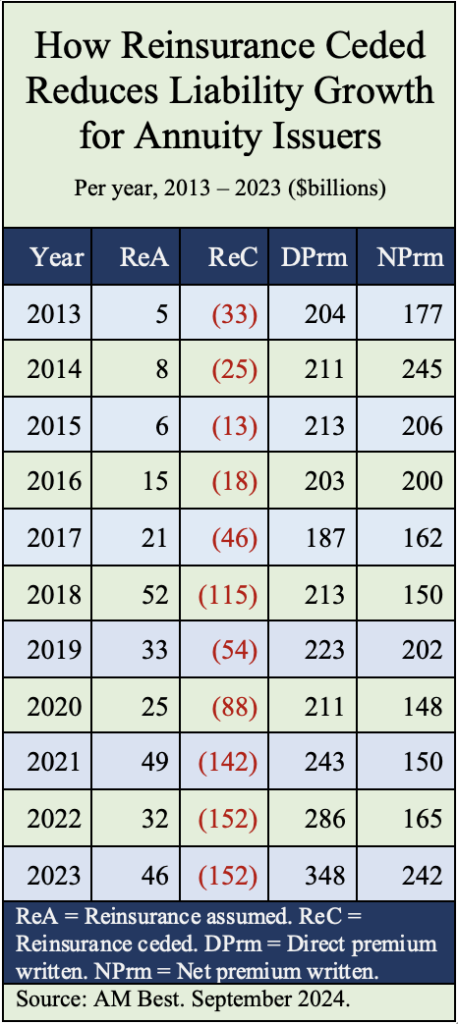Perhaps you’ve seen more white-haired people working in supermarkets and at big box stores like Home Depot. They’re part of a major trend. As a new study makes clear, “increases in education, women’s growing role in the economy, the shift from defined benefit to defined contribution pension plans, and Social Security reforms” have been driving a surge in longer work.
The study, “Working Longer in the U.S.: Trends and Explanations” (NBER Working Paper 24576) by Courtney Coile of Wellesley College, indicates the following:
- A shift in employer-provided pensions from DB to DC type plans reduced the share of workers facing strong incentives to retire at particular ages, while a decline in retiree health coverage left some workers with no means of obtaining health insurance other than through their job, at least until the Medicare eligibility age of 65; both changes contributed to longer work lives.
- Changes to the Social Security FRA (full retirement age), DRC (delayed retirement credit) and RET (retirement earnings test) have strengthened the incentive for work past the FRA, contributing to the increase in participation at older ages.
- Three changes to Social Security – the increase in the FRA, the increase in the DRC above the FRA, and elimination of the RET above the FRA – seem likely to have contributed substantially to the increase in employment at older ages, particularly at ages 65 and above.
- Each one percentage point increase in the DRC is associated with a roughly one percentage point increase in the employment rate of men ages 65 to 69. This estimate suggests that the five-point increase in the DRC since 1990 could explain up to half of the increase in participation of men ages 65 to 69 over this period.
- For men ages 60 to 64, participation began to rise in the mid-1990s, growing from 53% in 1994 to 62% in 2016, a 9-point increase. For men ages 65 to 69, the trend began a decade earlier and the increase to date is 12 points, from 25% in 1985 to 37% in 2016.
- The trend for women is quite different. In all age groups, participation has risen continuously since 1980, increasing by 17 points at ages 55 to 59 and 60 to 64 and by 13 points at ages 65 to 69. In 2016, nearly two-thirds of women ages 55 to 59 and half of women ages 60 to 64 were in the labor force.
- There are very large differences in participation by education. On average across all years, the participation of college graduates is 25 points higher than that of high school dropouts for both men and women ages 60 to 64; at ages 65 to 69, the participation gap between college graduates and high school graduates is 23 points for men and 15 points for women.
- Single men participate at rates 10 to 20 points below their married counterparts, depending on the age group, and these differences have been stable or widened slightly over time. In the case of women, single women in 1980 had participation rates 16 to 18 points higher than those of married women at ages 55 to 64 and 8 points higher at ages 65 to 69.
- Self-employment is fairly popular among men, with 12 to 13% of men ages 55 to 64 and 10% of men ages 65 to 69 engaged in such work in 2016; rates of self-employment among women are about half as large.
- The fraction of men working part-time (less than 35 hours per work) is low but rises with age, at about 6% of those ages 55 to 59 and 9% of those ages 65 to 69. Part-time work is more common for women, with 11 to 12% of all age groups working part-time in 2016.
- Health at older ages – as measured by mortality risk – has improved substantially over time. The mortality rate at age 60 has declined by 40% for men and one-third for women since 1980. While better health may have supported longer work lives, there is little evidence that it is a primary driver.
“Many workers may choose to work longer as a result of the FRA increase, which helps to offset the effect of the FRA increase on their retirement income,” Coile told RIJ in an email. “In this sense, longer work lives may be seen as a good thing, or at least as necessary to maintain the same standard of living.
“However, it is important to recognize that there will always be some who struggle to work longer, for example due to poor job market prospects or poor health; for them, the rise in the FRA will result in lower retirement income.”
© 2018 RIJ Publishing LLC. All rights reserved.


